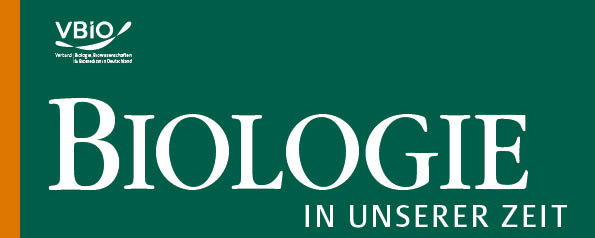The Bear Lake in Sovata
Fascinating haloclines, patterned biofilms
DOI:
https://doi.org/10.11576/biuz-5738Keywords:
Heliothermie, Halokline, cyanobakterielle Biofilme, eisenoxidierende Bakterien, Chlorophyll dAbstract
Heliothermic lakes, like the Bear Lake in Transylvania, have a stable stratification with a concentrated saline layer at the bottom and a less saline (thus lower density) surface layer. Due to solar radiation, the transition layer (the halocline) is heated up to 40–45 °C. The pronounced physico-chemical gradients result in a series of biological niches. Scientific diving was used to investigate this unique ecosystem. Biofilms of cyanobacteria are especially interesting. They follow a complex annual cycle by forming reticulated patterns in late autumn presenting characteristic red Fe2O3 spots on the mud, probably formed from the black FeS-containing mud by iron-oxidizing bacteria. Diatom taxa, whose relatives are known for inhabiting saline habitats, have also been found in the biofilms.

Downloads
Published
How to Cite
Issue
Section
License
Copyright (c) 2022 Peter Hantz, Mina Bizic

This work is licensed under a Creative Commons Attribution-ShareAlike 4.0 International License.

